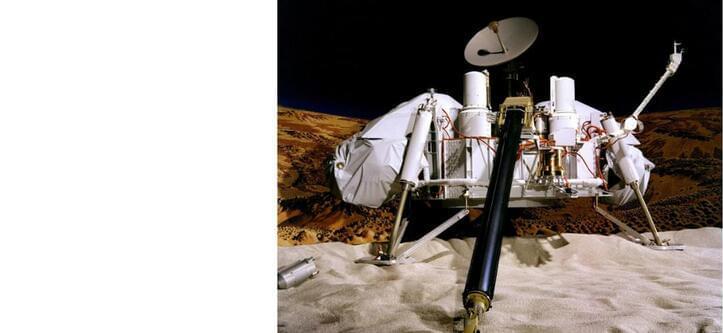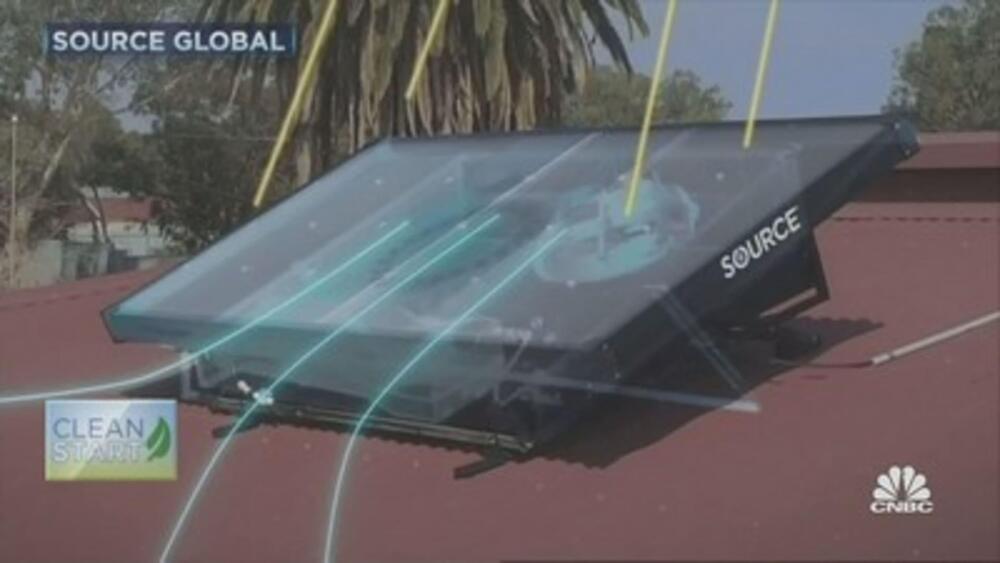Back in January during their CES 2022 keynote, NVIDIA teased the GeForce RTX 3,090 Ti, an even more powerful version of NVIDIA’s flagship card for the high-end gaming and content creation markets. At the time, NVIDIA told us to expect more information later in January, only for January (and February) to come and go without further mention of the card. But now, in the waning days of March, the GeForce RTX 3,090 Ti’s day has come, as NVIDIA is launching their new flagship video card today.
So what is the RTX 3,090 Ti? In short, it’s every last bit of performance that NVIDIA can muster out of their Ampere architecture – the swan song for an architecture that has carried NVIDIA through the last 18 months. Whereas the original RTX 3,090 left a bit of performance on the table for yield or performance reasons, such as a couple of SMs or keeping TDPs to just 350 Watts, RTX 3,090 Ti leaves all of that behind. It’s all the Ampere that Ampere can be, with a fully-enabled GA102 GPU, better GDDR6X memory, and few (if any) limits on performance.
But Ampere unconstrained is going to cost you. While the original RTX 3,090 launched at an already high $1499, RTX 3,090 Ti ratchets that up further to $1999. And ongoing market distortions (i.e. the chip crunch) will likely compound that further, judging from RTX 3,090 prices. But regardless, the RTX 3,090 Ti isn’t priced to be competitive; it’s priced to be elite. NVIDIA never did produce a true Titan card for this generation, so the RTX 3,090 Ti is set to be the next best thing.









